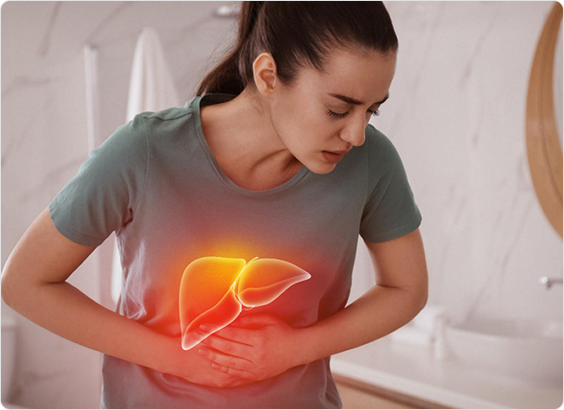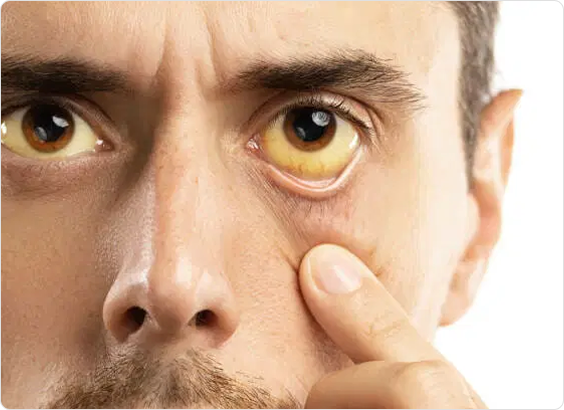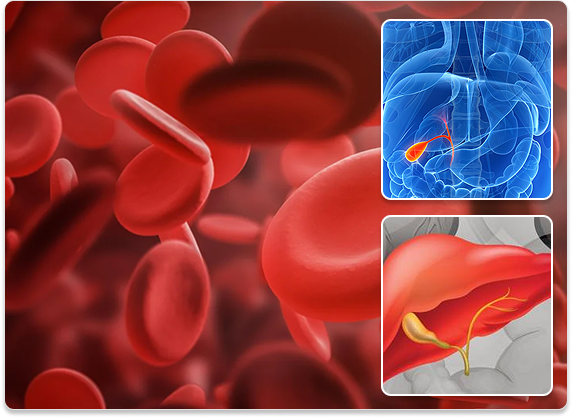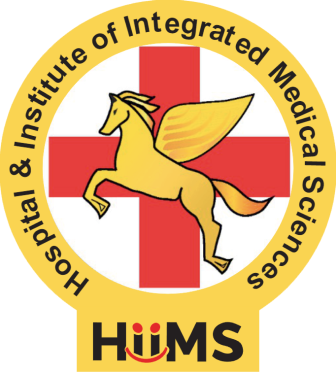Jaundice is a condition characterised by the yellowing of the skin, mucous membranes, and the whites of the eyes due to an increased level of bilirubin in the blood. It is not a disease but a symptom of underlying conditions affecting the liver, gallbladder, or pancreas. From an Ayurvedic perspective, jaundice is referred to as "Kamala" and is primarily linked to an imbalance in the Pitta dosha, which governs the body’s metabolic and digestive activities.

Jaundice Causes
- Hepatitis Viral infections causing liver inflammation.
- Alcoholic Liver Disease: Chronic alcohol abuse leading to liver damage
- Gallstones: Blockage of bile ducts by stones.
- Hemolytic Anemia: Rapid breakdown of red blood cells leading to increased bilirubin.
- Liver Cirrhosis: Scarring of the liver tissue impairing its function.
- Pancreatic Cancer: Tumors obstructing the bile ducts.
- Genetic Disorders: Conditions like Gilbert"s syndrome that affect bilirubin processing.
Jaundice Symptoms
- Yellowing of Skin and Eyes: The most recognisable sign of jaundice caused by high bilirubin levels.
- Dark Urine: Urine may appear dark yellow or brown due to excess bilirubin.
- Pale Stools: Stools may lose their standard colour, becoming lighter.
- Fatigue: Persistent tiredness and lack of energy.
- Abdominal Pain: Discomfort in the upper right side of the abdomen.
- Weight Loss: Unintended loss of weight.
- Nausea and Vomiting: Feeling of sickness and expulsion of stomach contents.
- Itchy Skin: Bile salts deposited in the skin can cause itching.


Jaundice Causes
- Chronic Liver Disease: Prolonged jaundice can lead to liver fibrosis and cirrhosis.
- Gallstones: Persistent jaundice can cause gallstones.
- Acute Liver Failure: Sudden loss of liver function.
- Bleeding Disorders: Impaired liver function can affect blood clotting.
- Infections: Increased susceptibility to infections due to weakened immunity.
